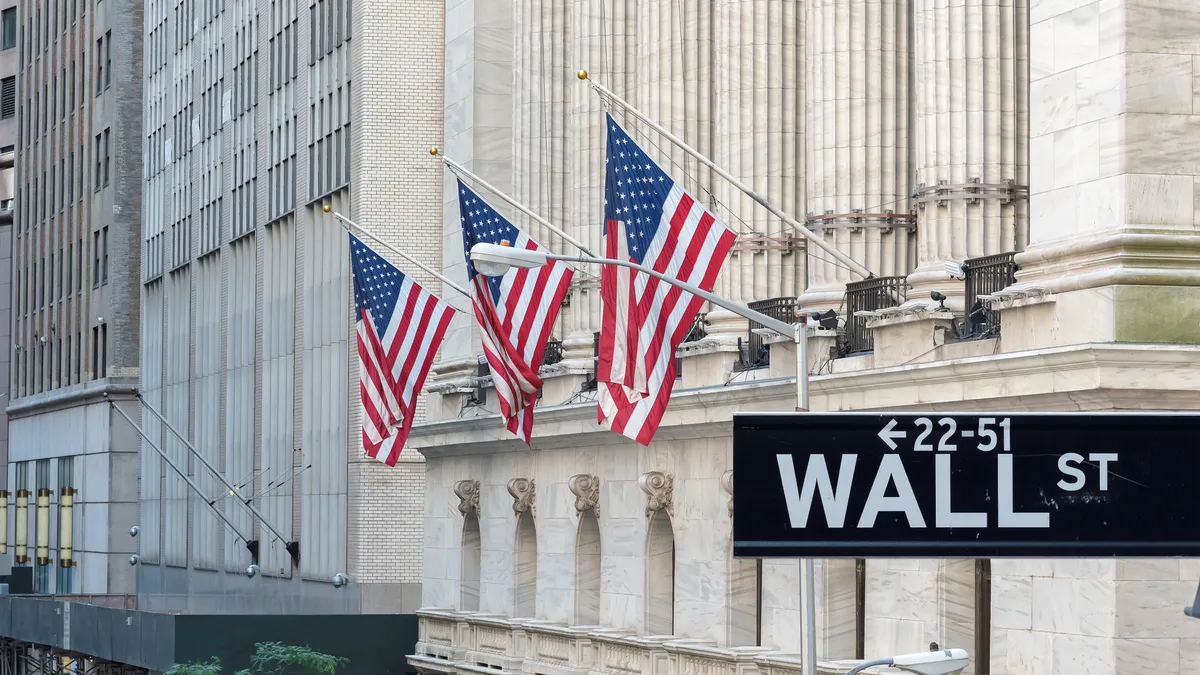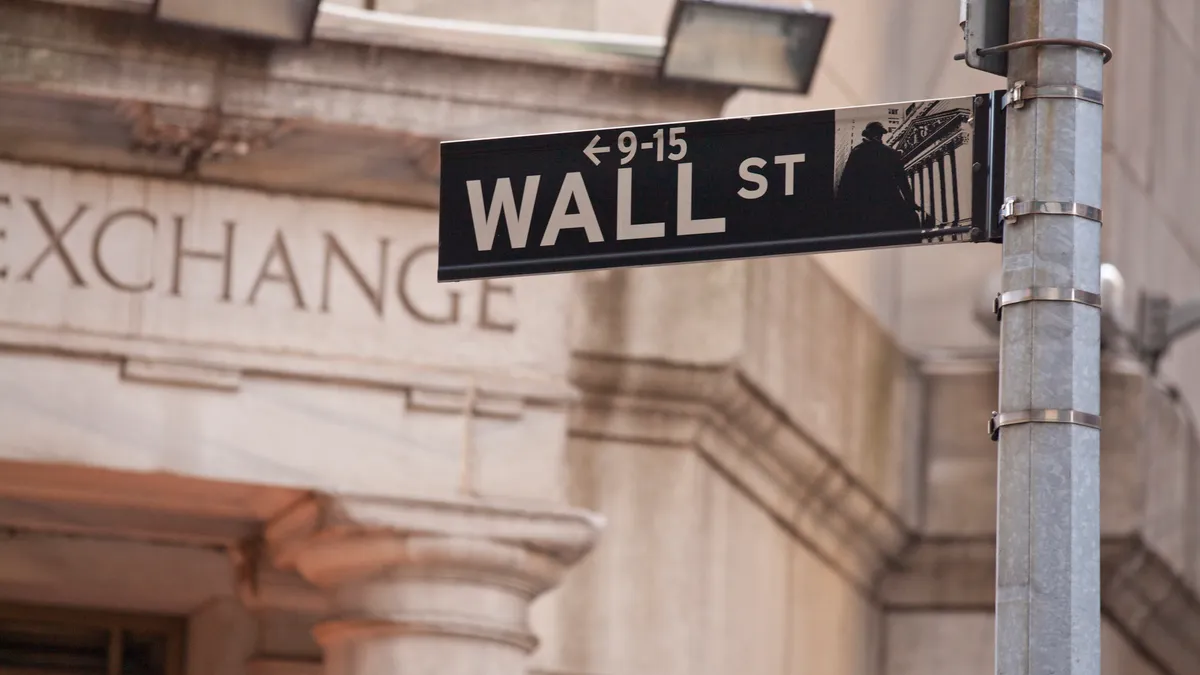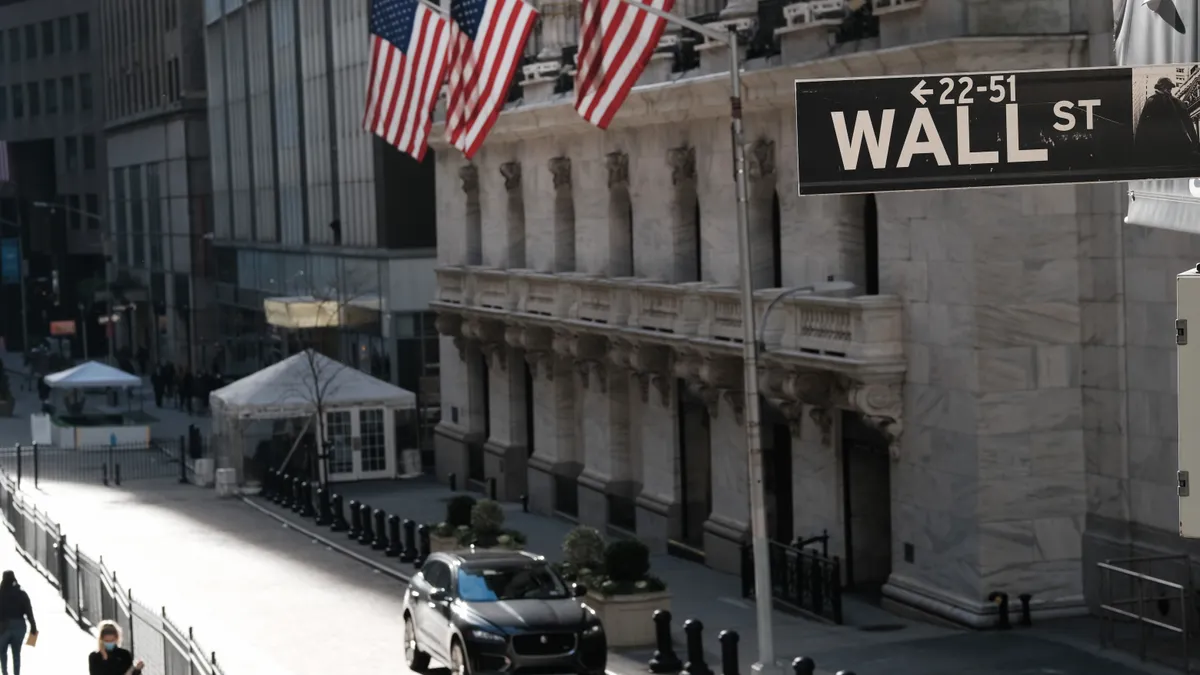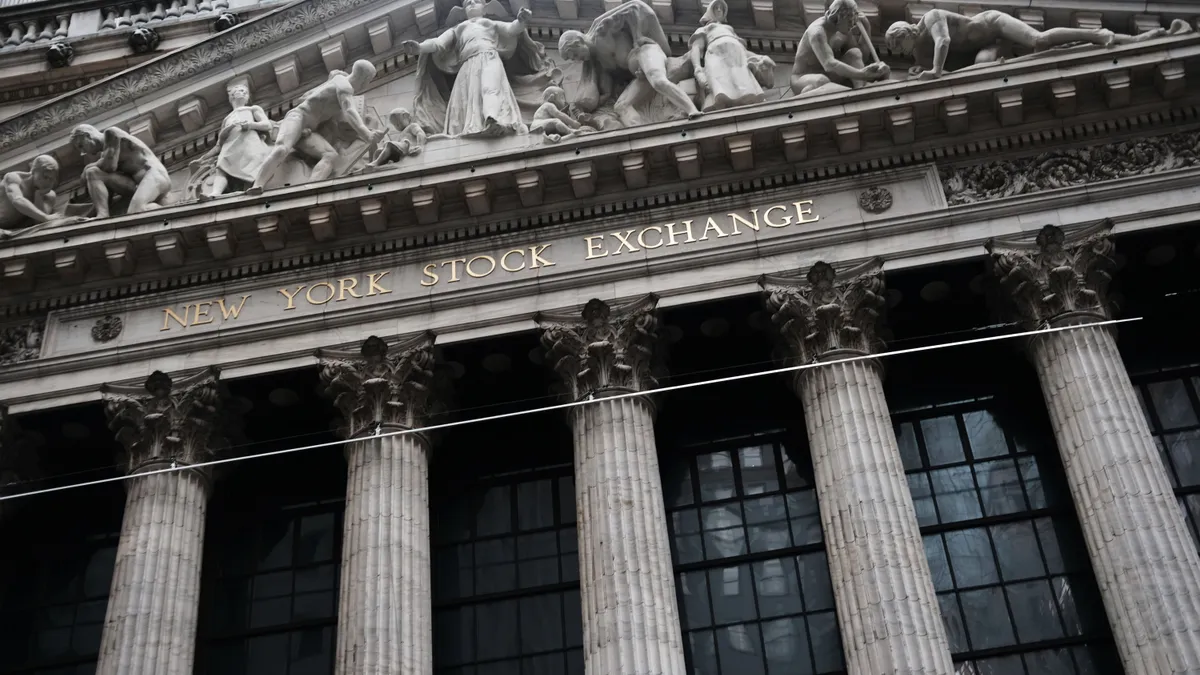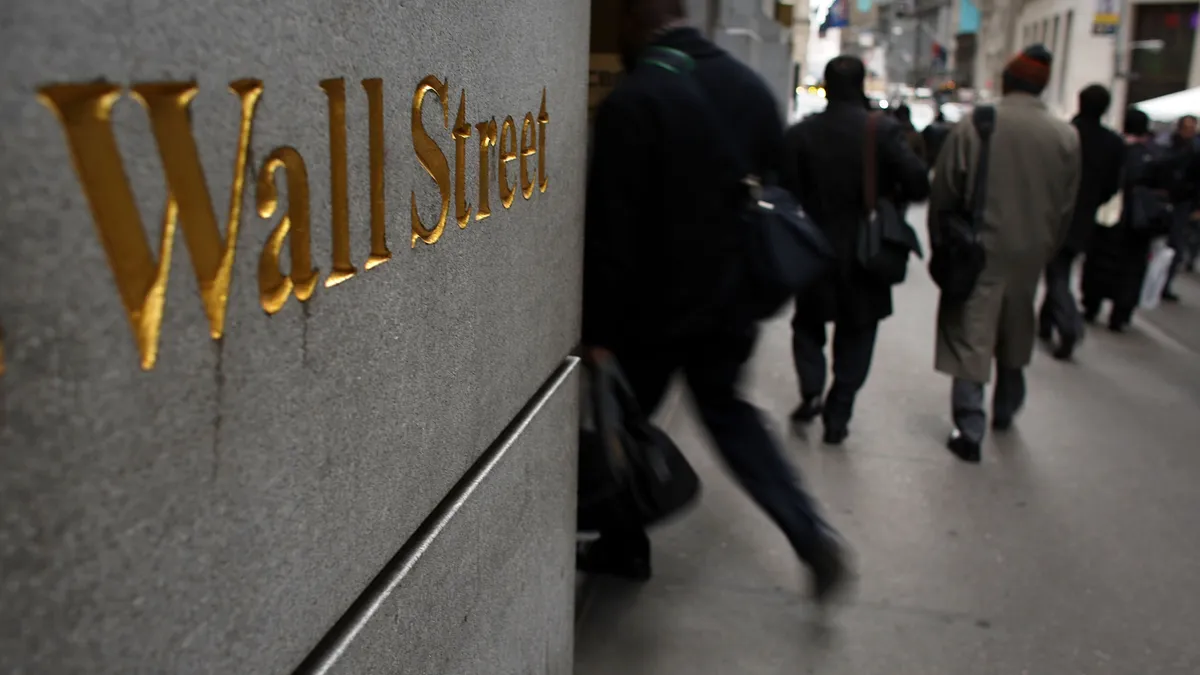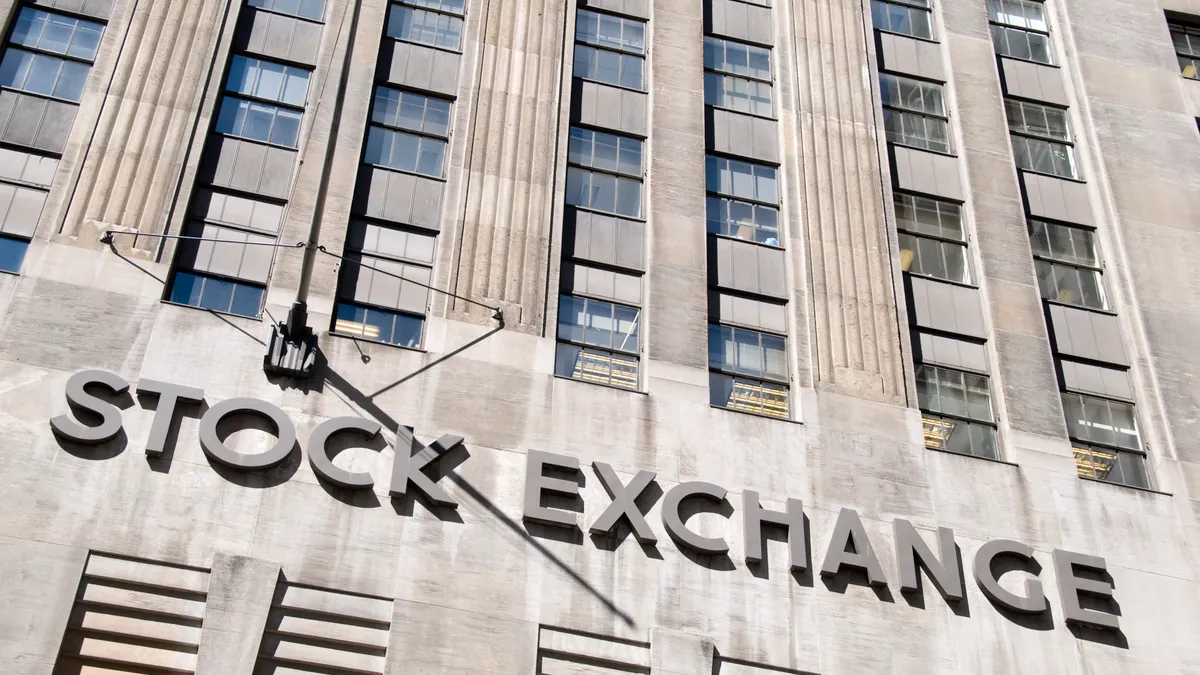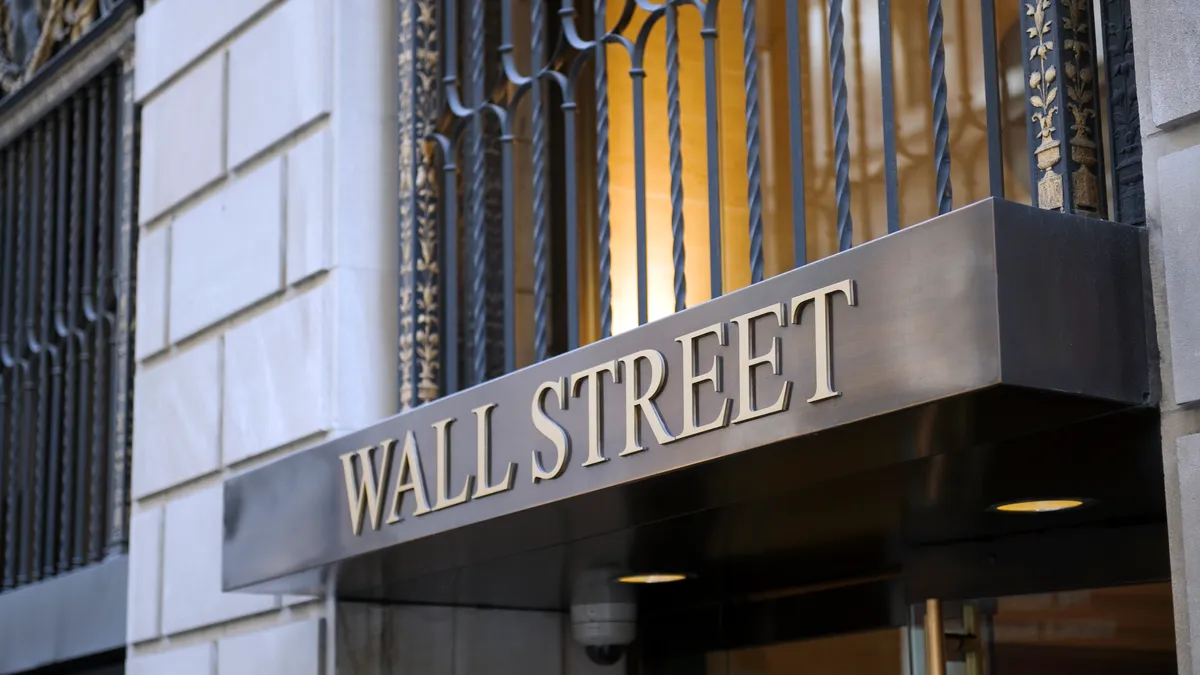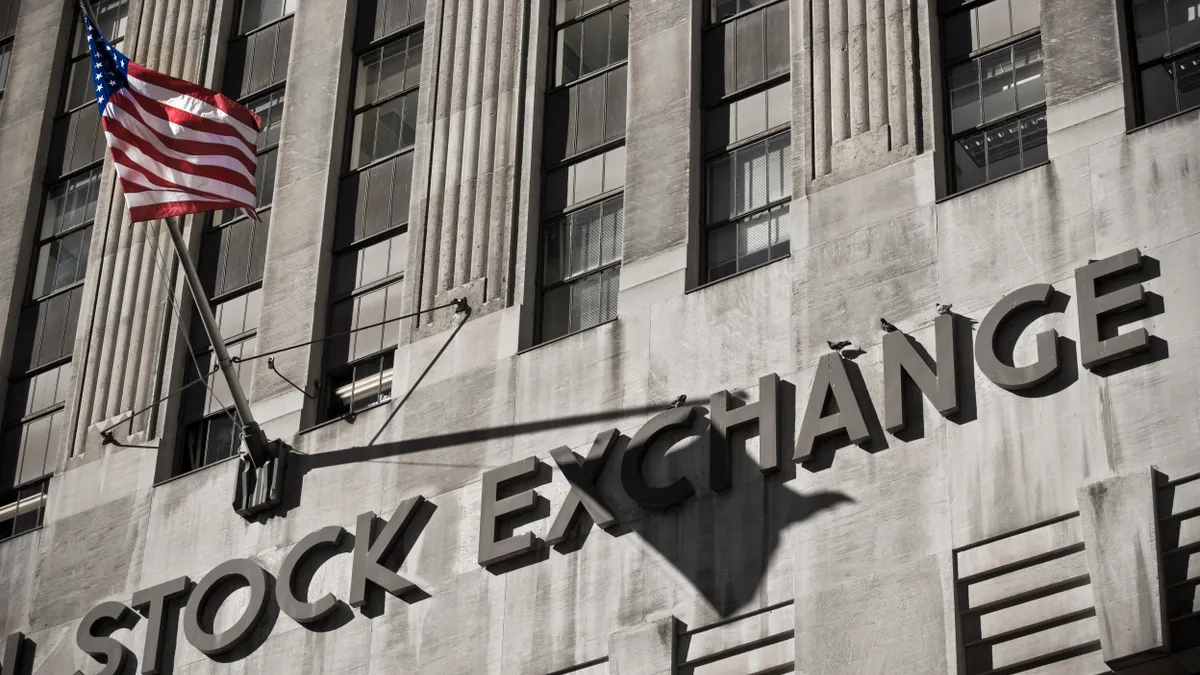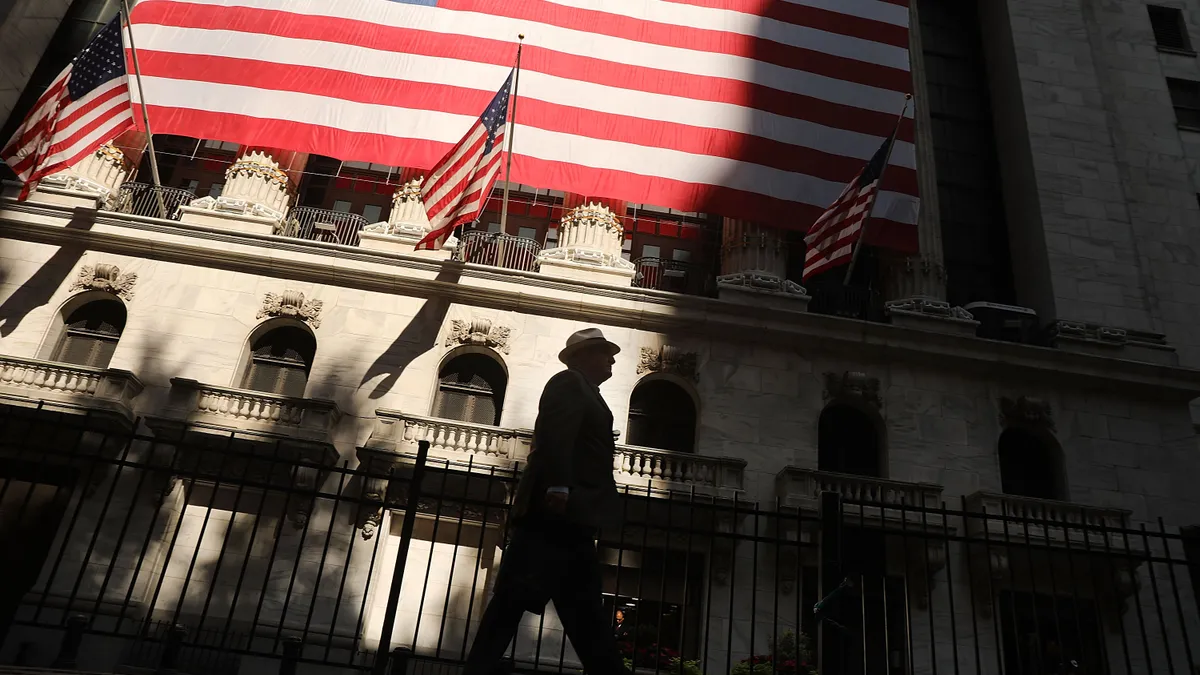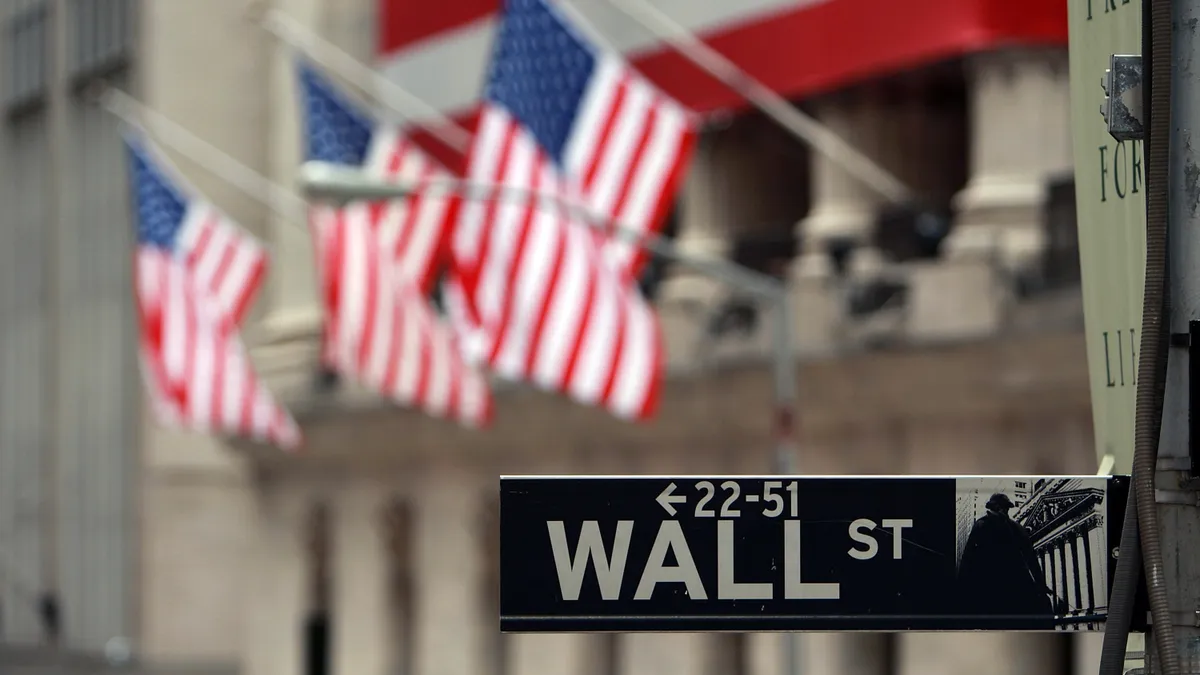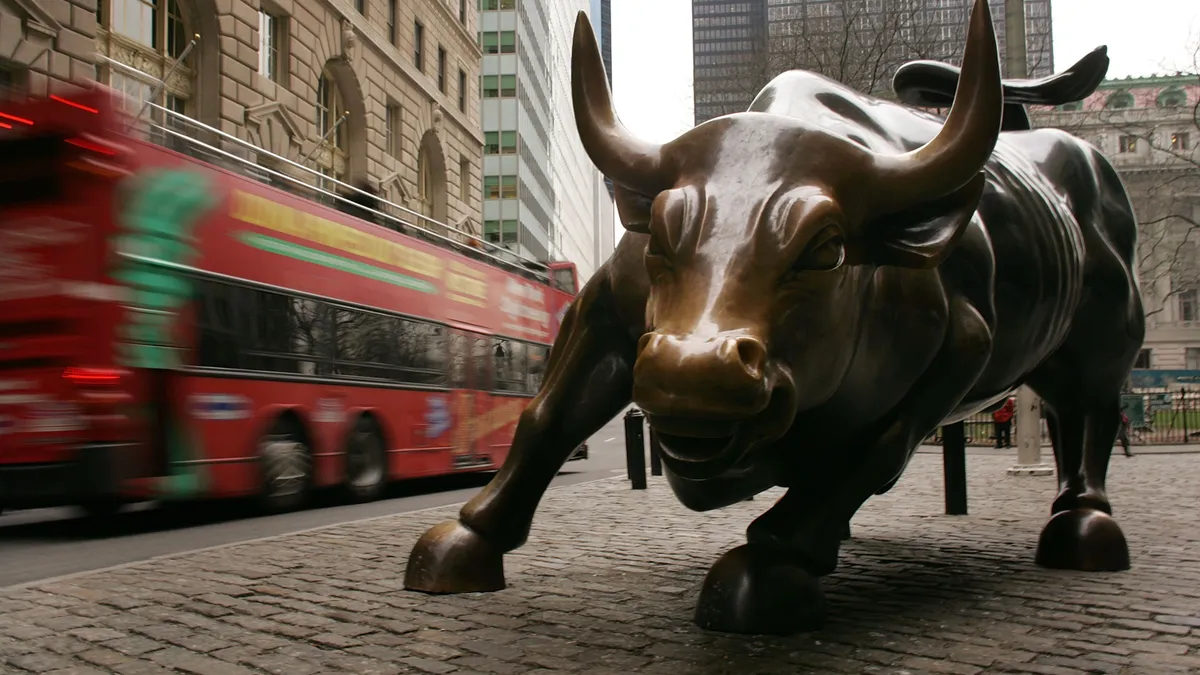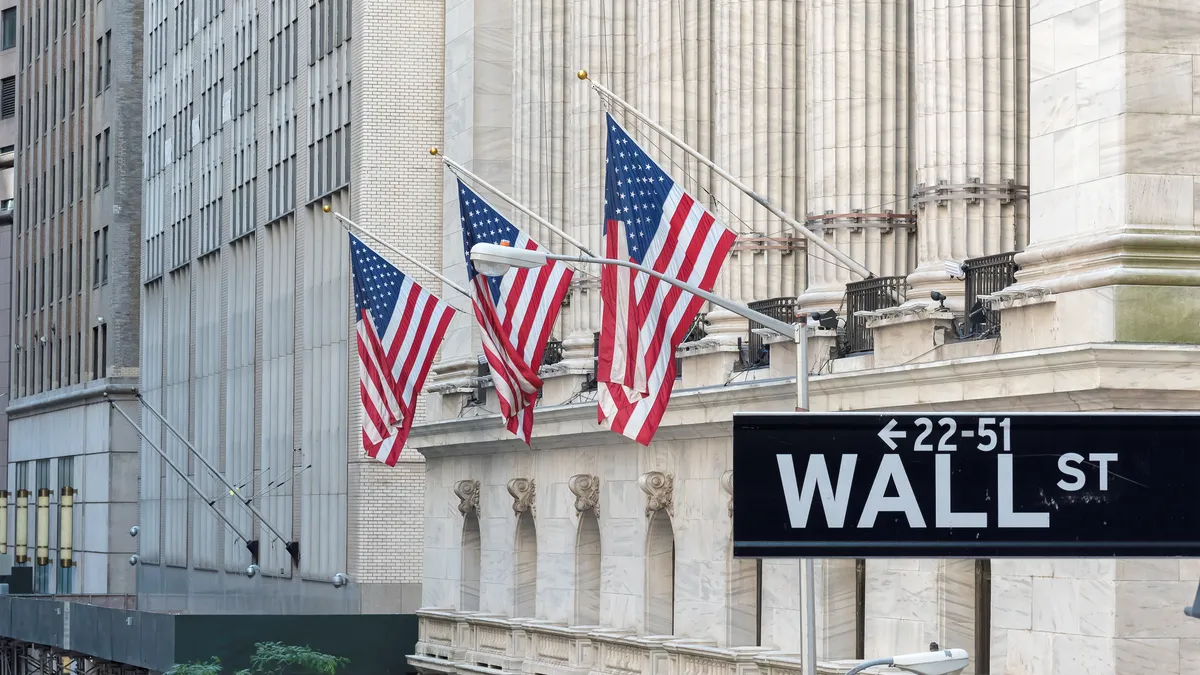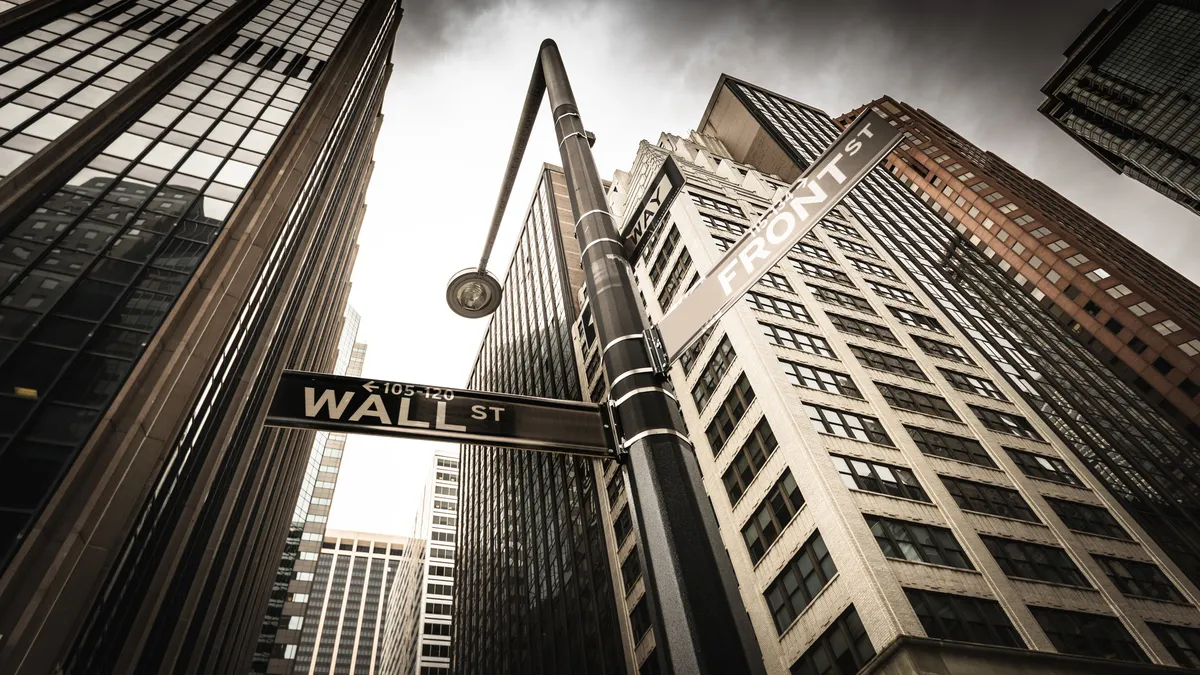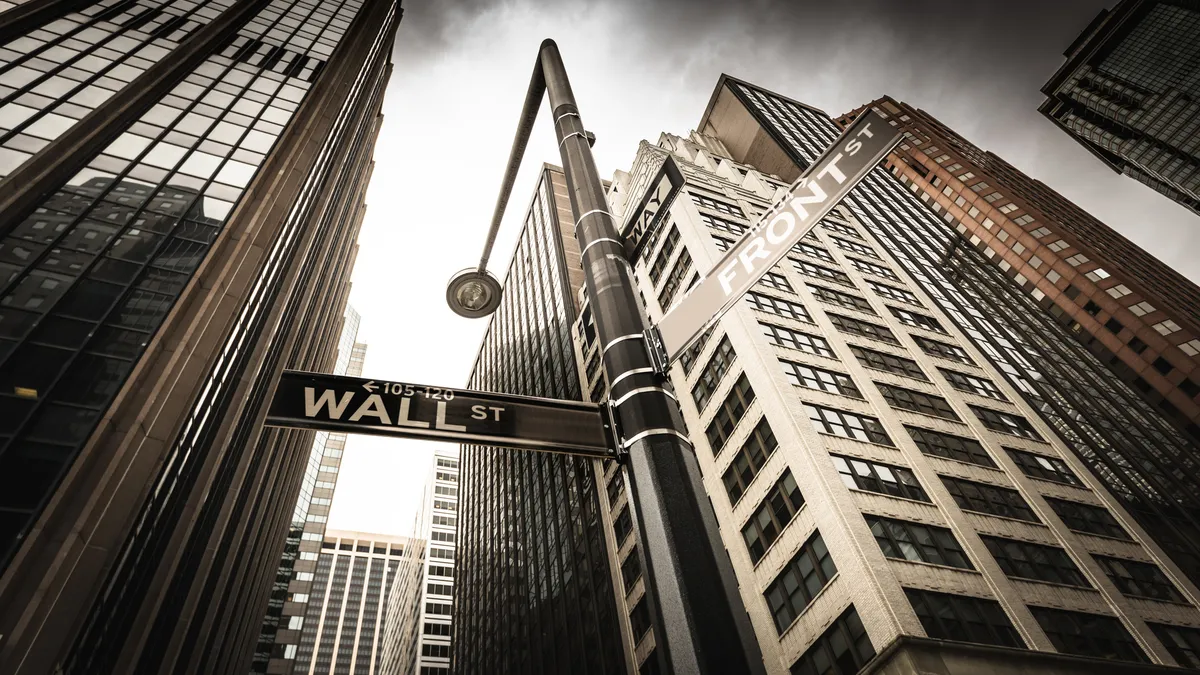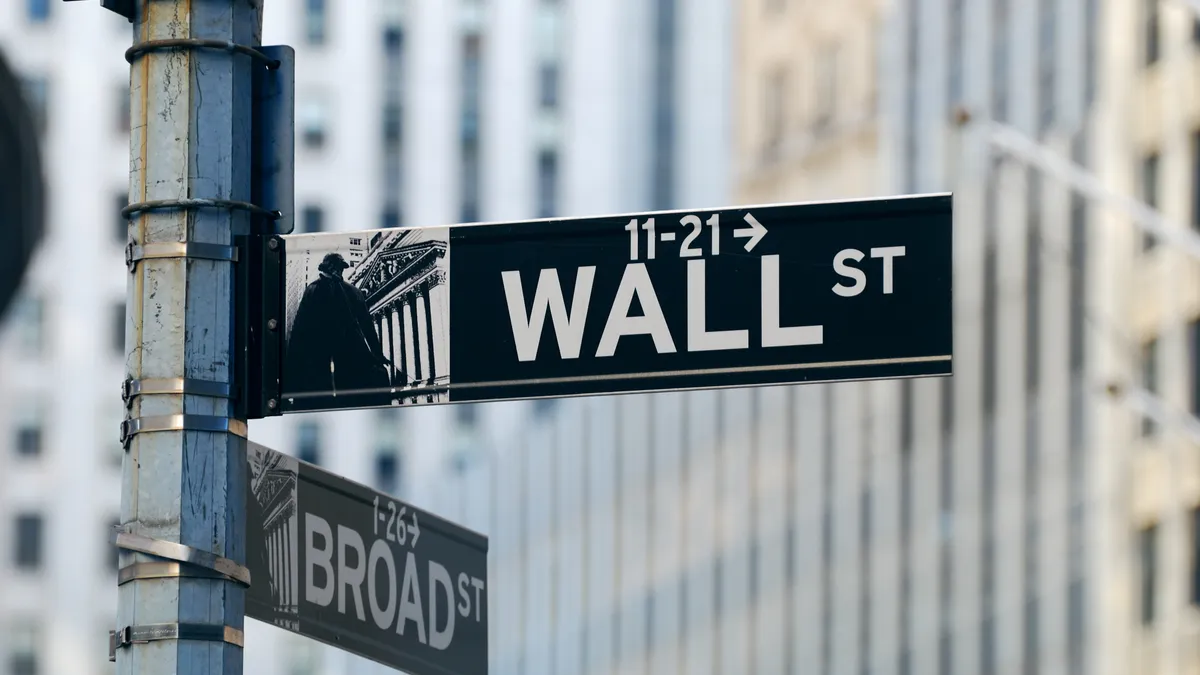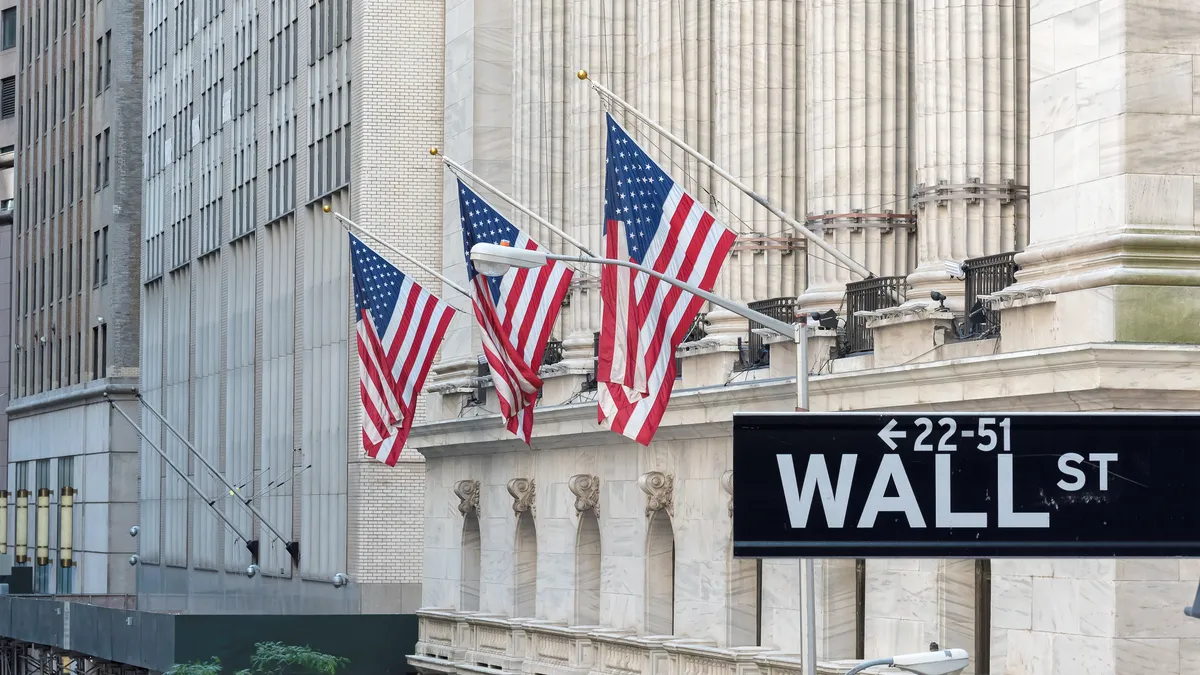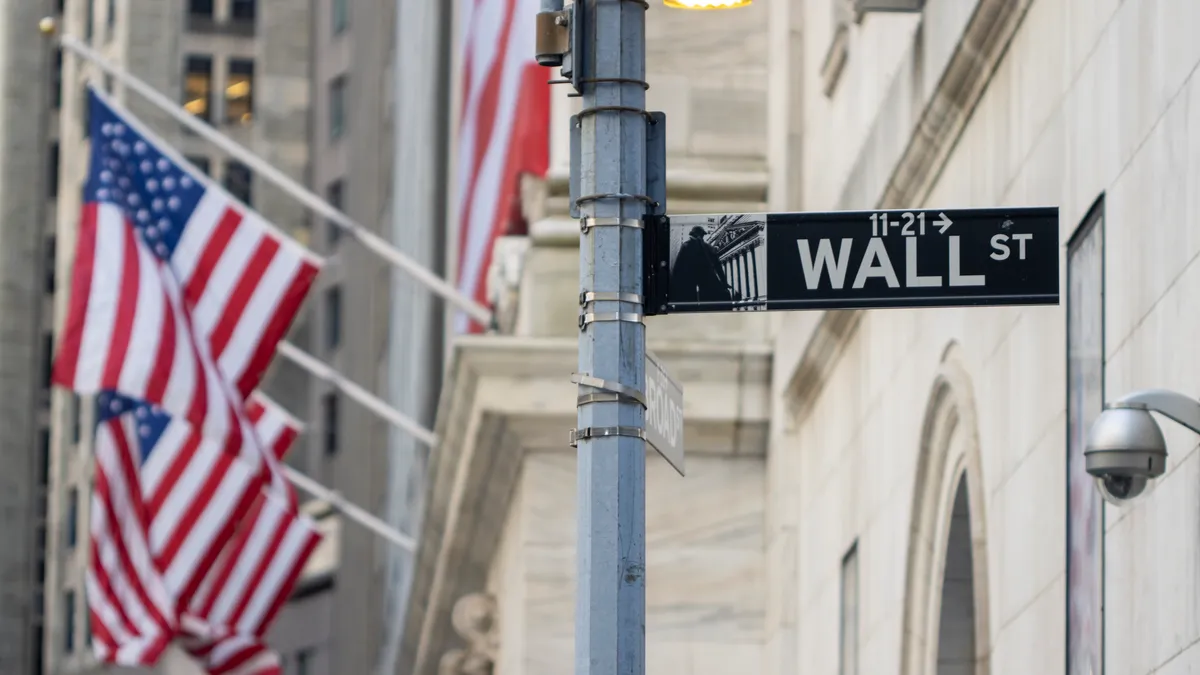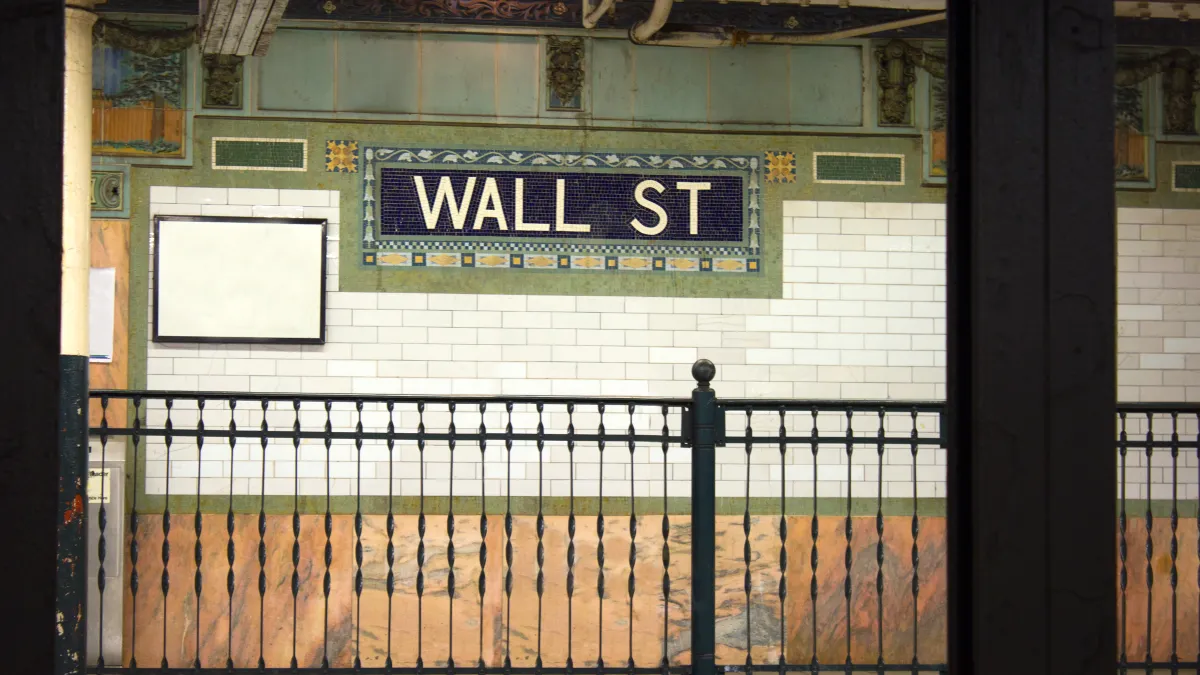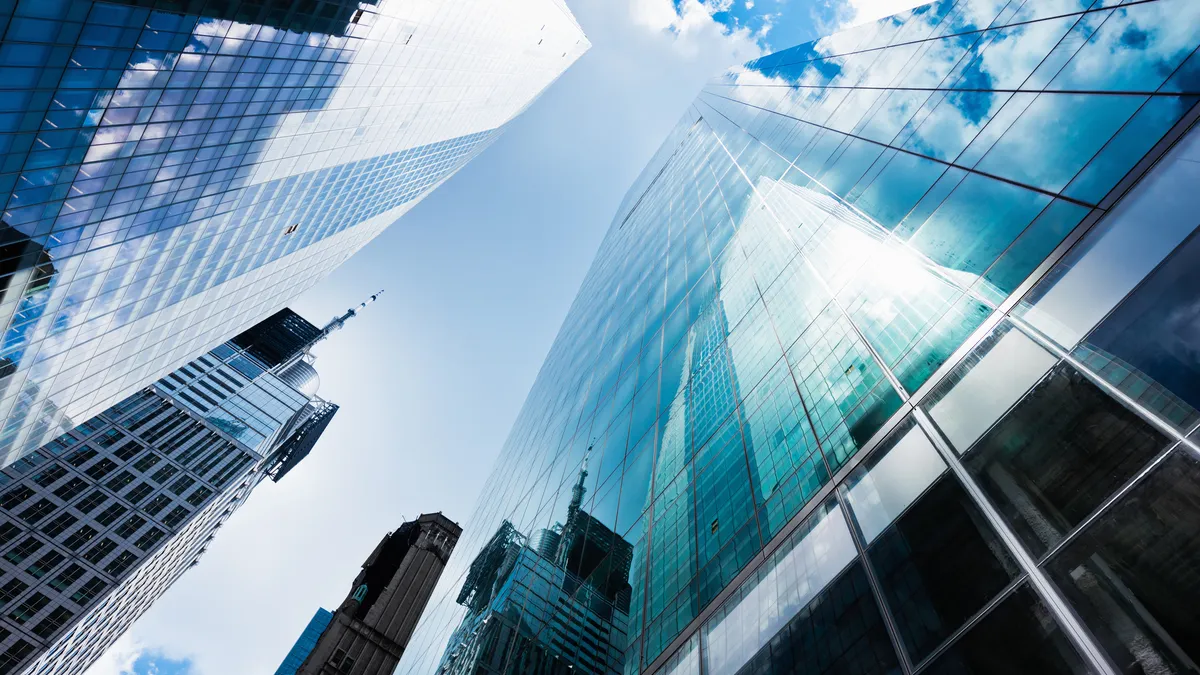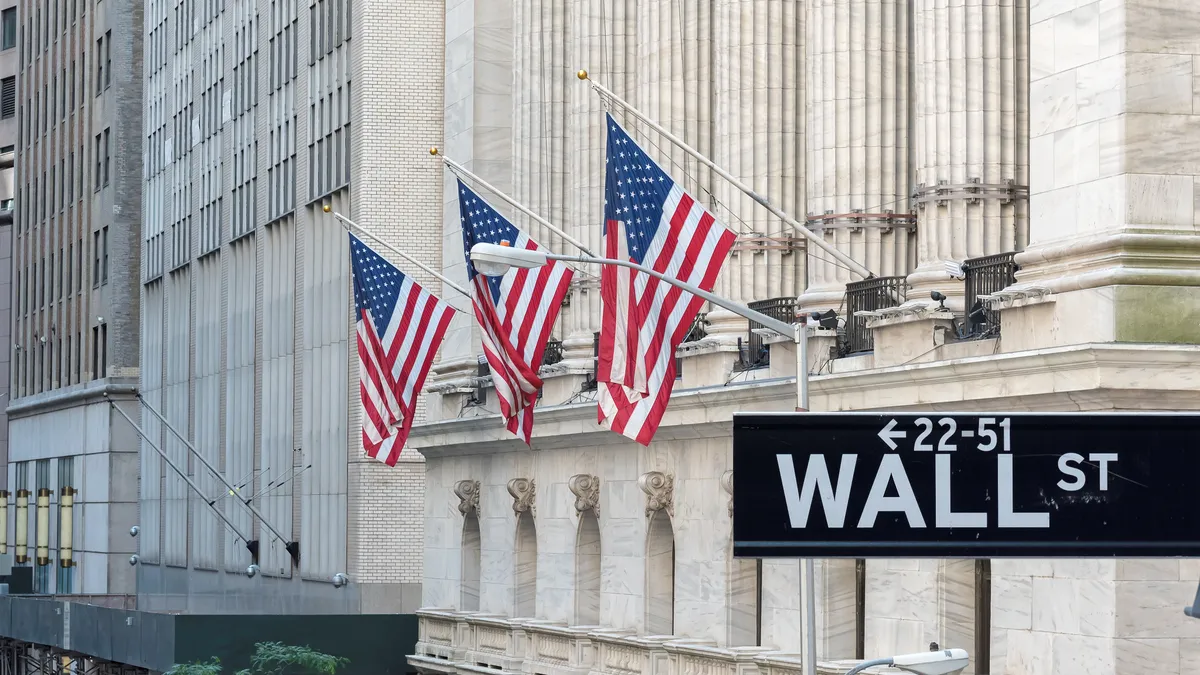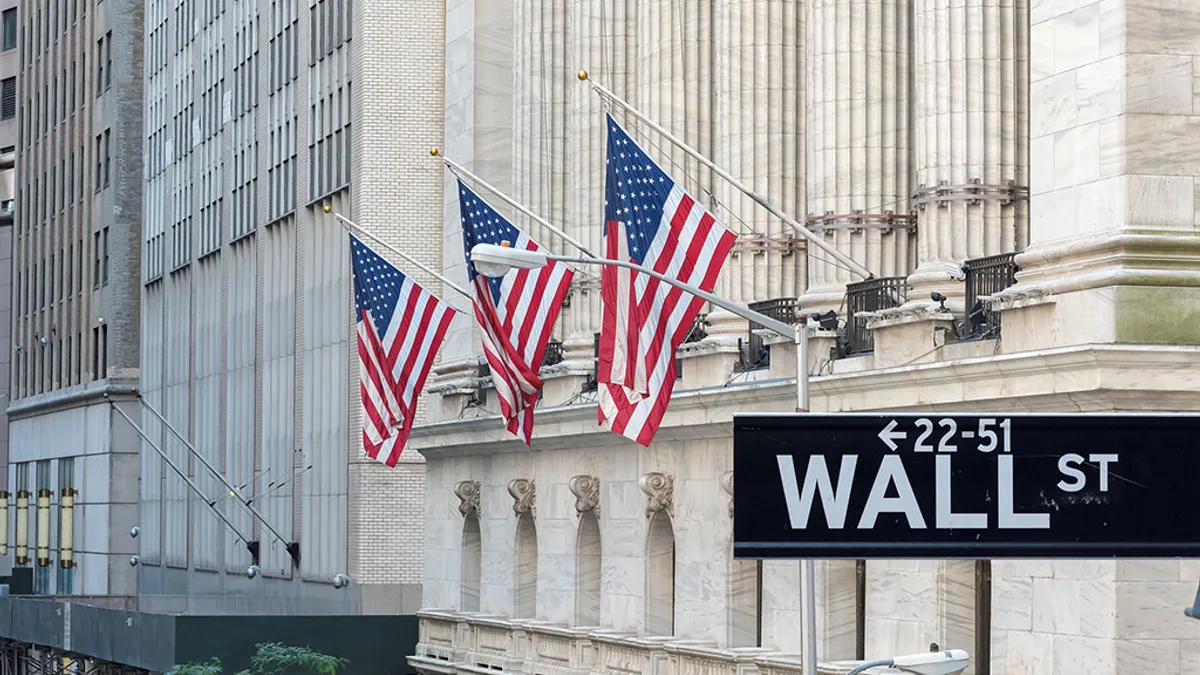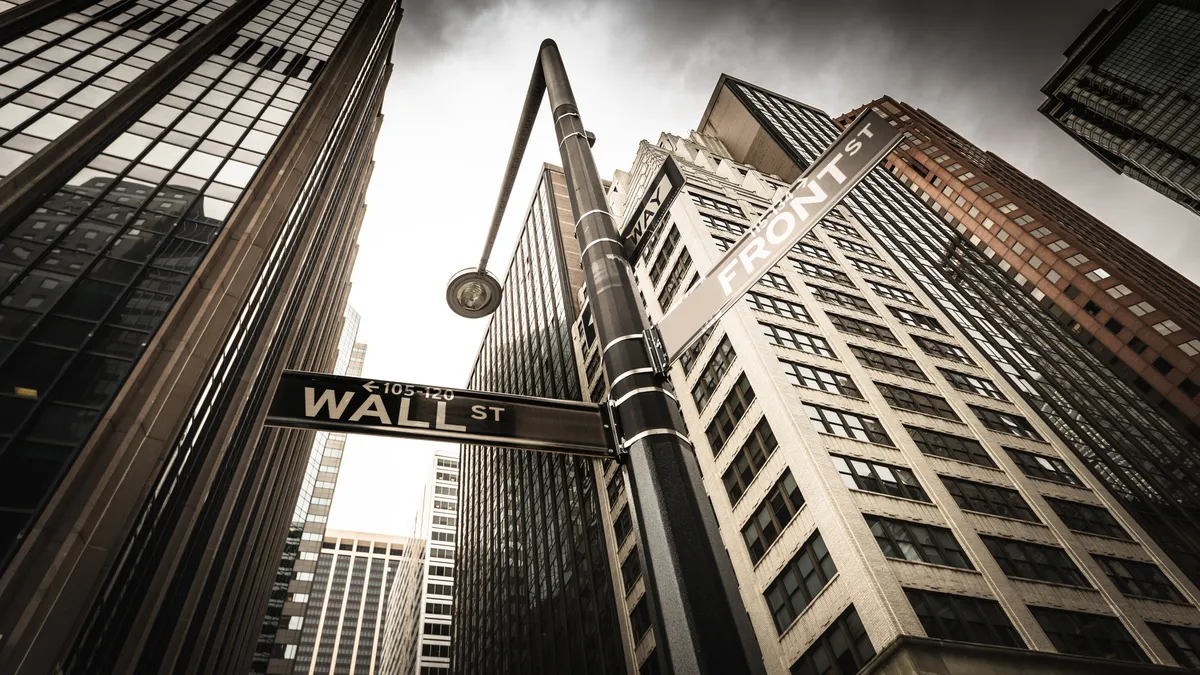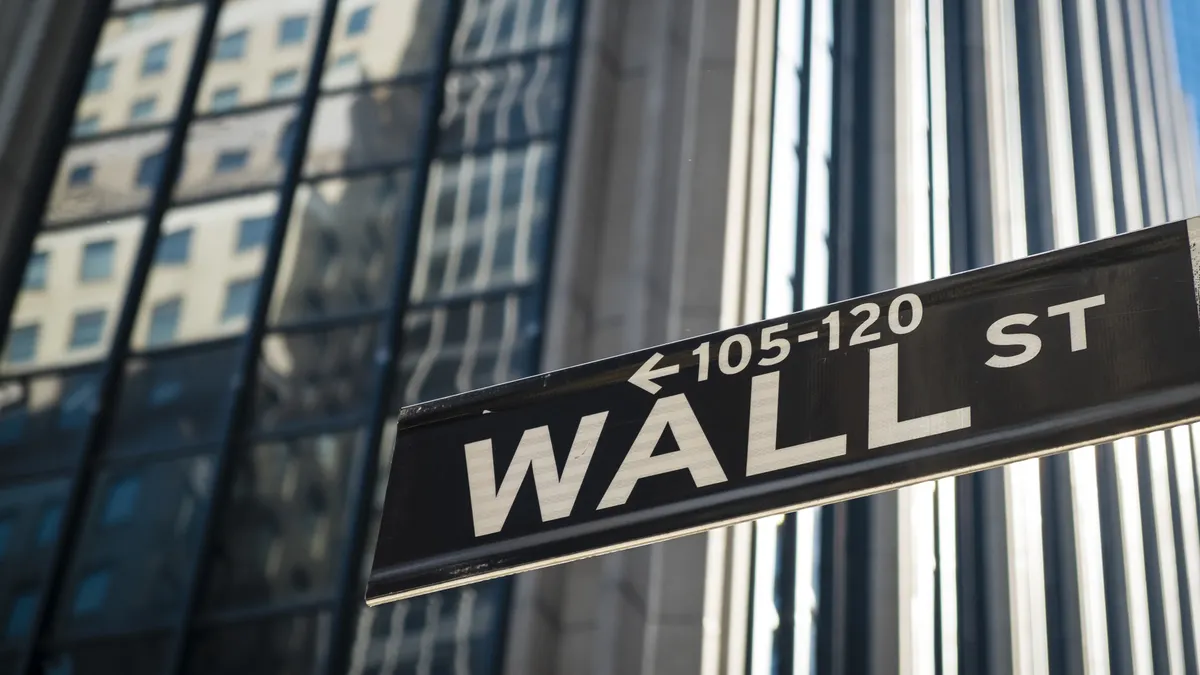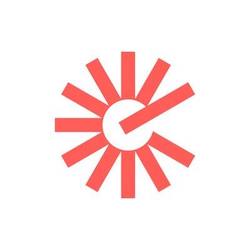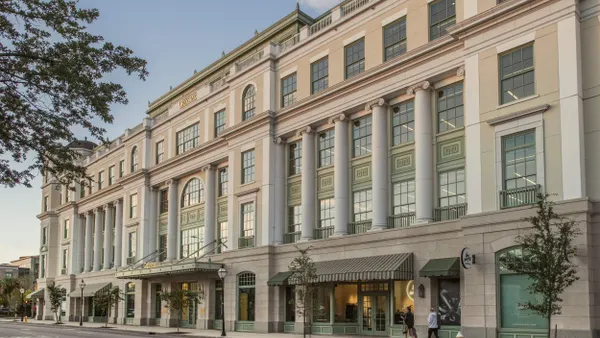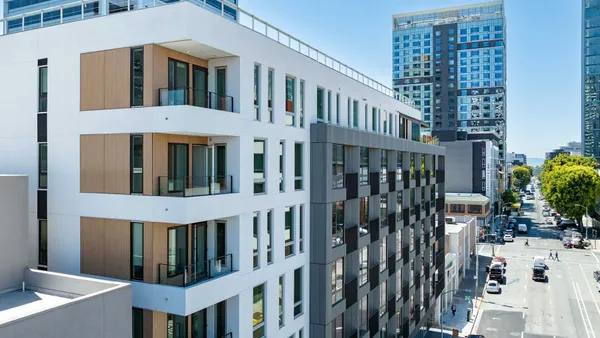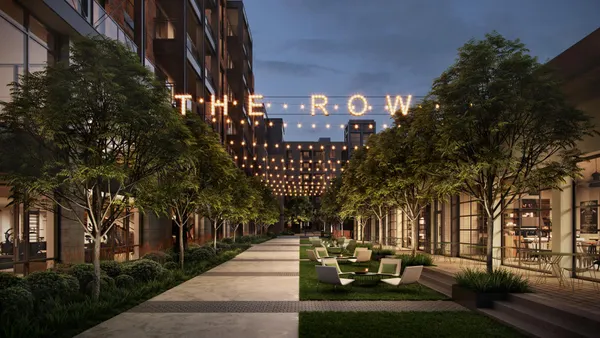UDR’s decision to focus on keeping heads in beds in the first quarter seemed to pay off. The Highlands Ranch, Colorado-based REIT posted a 97.2% occupancy rate, 0.2% higher than its 2024 Q1 average and 40 basis points above Q4 2024.
“This strategic decision to build occupancy during the seasonally slower leasing period helped to drive revenue and NOI outperformance to start the year, and positions us well as we enter our traditional leasing season,” Chief Operating Officer Mike Lacy said on UDR’s Q1 earnings call earlier this month.
UDR’s occupancy beat JPMorganChase 96.7% estimate, but its blended lease spreads of 0.9% fell below the global financial services firm’s 1.3% projection.
“The better top-line performance was mainly driven by better occupancy, perhaps at a small cost to spreads,” said Anthony Paolone, executive director at JPMorgan, in a research note shared with Multifamily Dive. “That said, the company noted that its business continues to accelerate with better new lease spreads and renewal spreads in the mid-4s.”
Expected lease growth
In 2024, U.S. multifamily completions hit a 50-year high, but starts are declining. “A future supply pipeline that is below historical averages bodes well for rent growth in the years ahead,” UDR CEO Tom Toomey said on the call.
As supply abates and seasonal trends kick in, UDR expects blended lease growth to continue improving. Lacy projects it to be toward the high end of the 1.4% to 1.8% range by the end of the first half of the year.
“We feel confident in the trajectory of rental rate growth as renewal rate growth has held steady in the mid-4% range and new lease rate growth has improved sequentially since the start of the year,” Lacy said.
UDR’s traffic is on pace with historical norms at this time of year, and its 30-day availability is approximately 4%, which should keep occupancy in the mid- to high-96% range for the rest of 2025, according to Lacy. In addition, April was the 24th consecutive month the REIT’s year-over-year turnover improved.
BY THE NUMBERS
| Category | Q1 | YOY Change |
| Rental income | $405 million | 2.6% |
| Net operating income | $276.4 million | 2.8% |
| Operating expenses | $128.6 million | 2.3% |
| FFO per diluted share | $0.58 | -3% |
| Rent per unit | $3,117 | 2.6% |
| Occupancy rate | 97.2% | 0.2% |
SOURCE: UDR
UDR’s YOY same-store expense growth of 2.3% in Q1 beat its expectations. “These positive results were driven by favorable real estate taxes, insurance savings and constrained repair and maintenance expenses due to our improved resident retention,” Lacy said.
Despite those solid trends, UDR didn’t change its full-year guidance. “We feel good about 2025 thus far, but we have only completed the first four months of the year,” Toomey said. “Accordingly, and [as] is customary for UDR at this time of year, we have reaffirmed our full-year 2025 guidance, and we’ll reassess as we progress through peak leasing season.”
East Coast leads
The East Coast, which has 40% of the REIT’s NOI, was UDR’s strongest region in Q1. The region’s occupancy sat at 97.5%, its blended lease rate growth was 2.5% and its same-store revenue growth was approximately 4.5%, which was slightly above the firm’s full-year expectation for the region.
Despite concerns about federal funding cuts, Washington, D.C., ranked as its best-performing market in the region with 97.7% occupancy and 3.5% YOY blended rent increases that trended to 4% in April.
“DC is one that’s been strong to start the year — one that we’re watching very closely,” Lacy said. “We will pivot as necessary, as we kind of go through the year like we do with all of our properties in all of our markets.”
On the West Coast, comprising roughly 35% of UDR’s NOI, the REIT posted 97.2% occupancy, a blended lease rate growth of nearly 3% and same-store revenue growth of almost 3%.
“We continue to see positive momentum across Seattle and the San Francisco Bay Area due to return-to-office mandates, increased office leasing activity and quality-of-life improvements,” Lacy said.
In the Sun Belt, occupancy was 97.1%, blended lease rate growth was negative 2.5% and YOY same-store revenue growth was barely positive. “Among our Sun Belt markets, Tampa and Orlando are performing the best,” Lacy said.
Click here to sign up to receive multifamily and apartment news like this article in your inbox every weekday.



